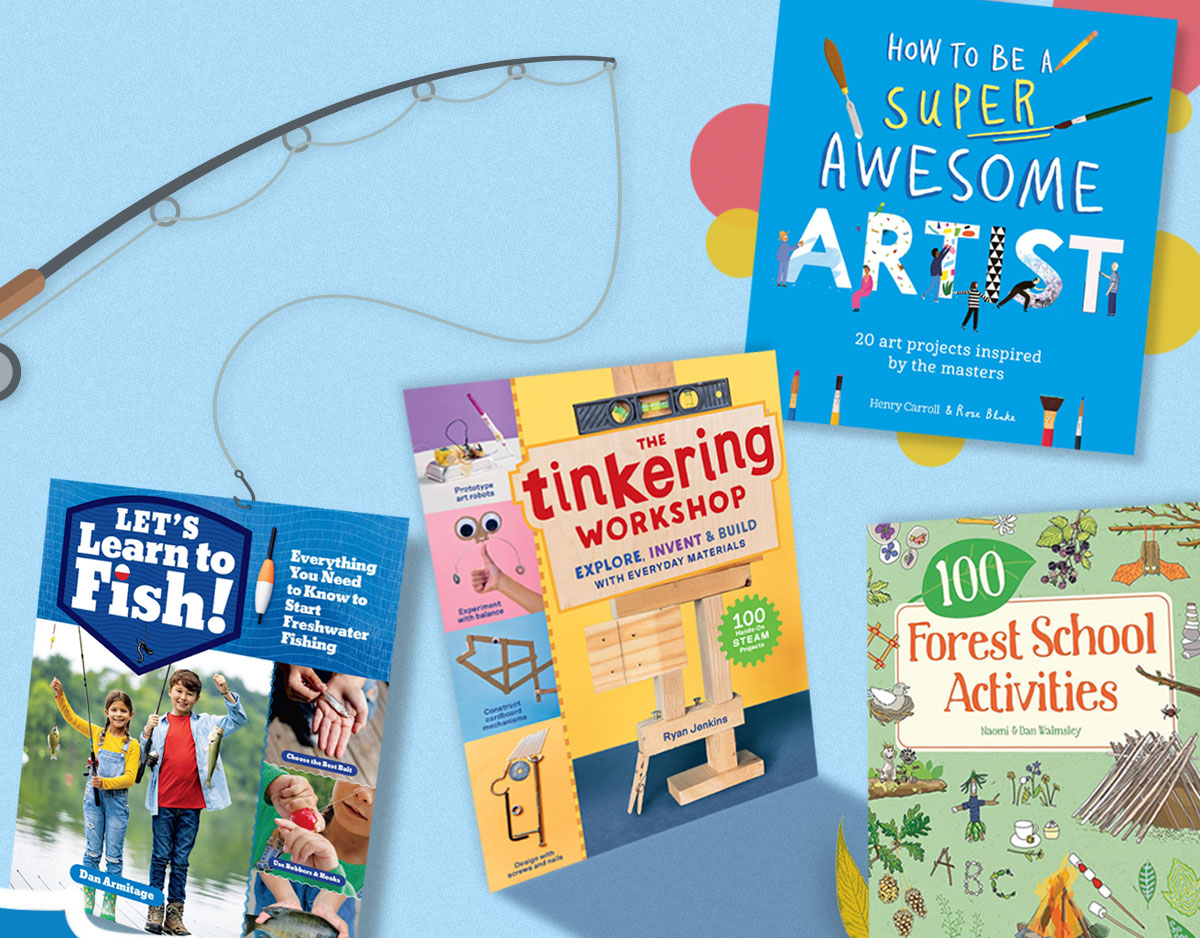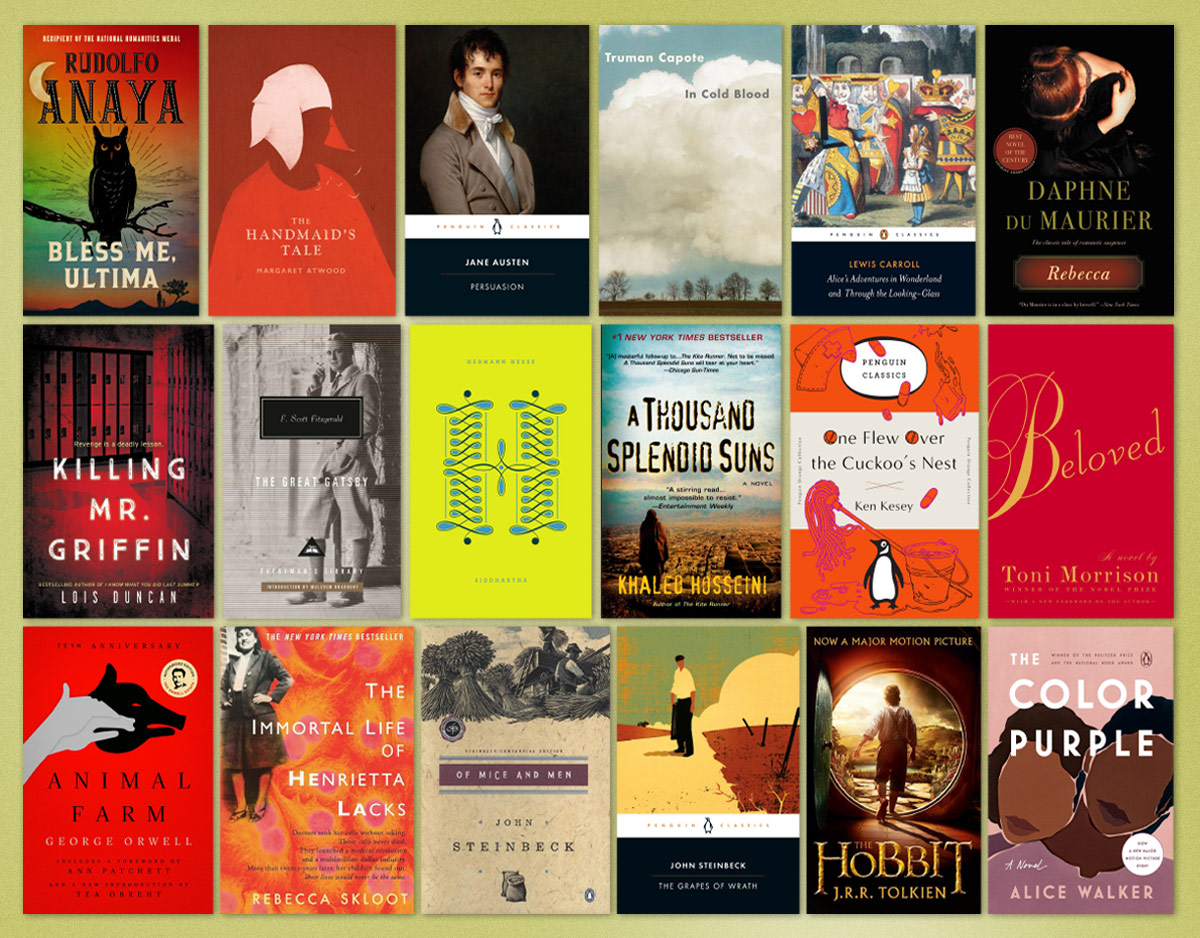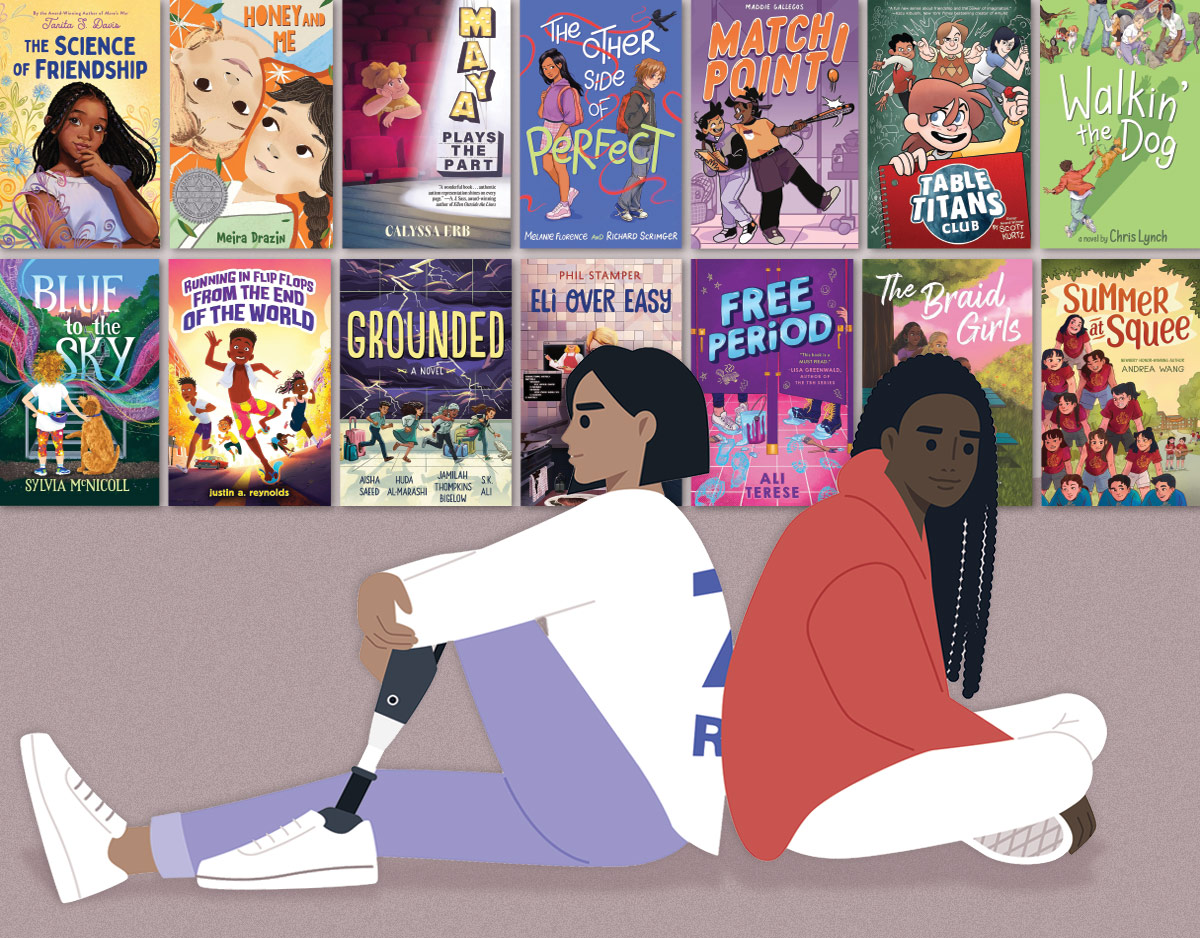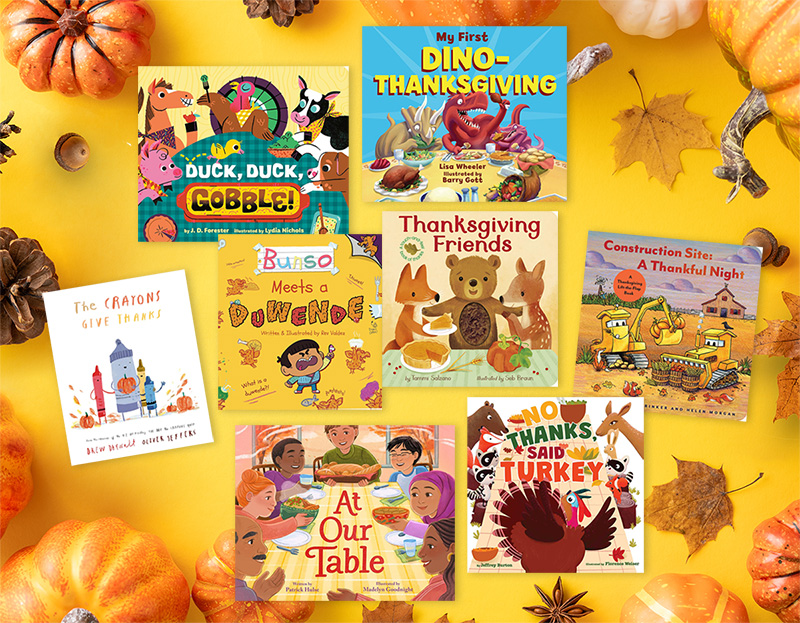Review of the Day: Pea Boy and Other Stories from Iran by Elizabeth Laird
 Pea Boy and Other Stories from Iran
Pea Boy and Other Stories from Iran
By Elizabeth Laird
Illustrated by Shirin Adl
Frances Lincoln Children’s Books
$22.95
ISBN: 978-1-84507-912-3
Ages 5 and up.
On shelves now.
I love my job. You would too if you were me. I work in the main branch of New York Public Library in the most beautiful children’s room imaginable. More to the point, I profit off the talents of the children’s librarians that have come before me. Thanks to their efforts over the last century, my room is privy to a large, lush, fantastic folktale/fairytale section. That means that when a parent or teacher comes in and says, “I need all your Aztec folktales!,” I can actually provide them with what they want. Ideally, when this kind of request comes in I like to hand the patron some picture books and at least one collection of multiple tales. And until this moment in time, if someone were to come up to me saying, “Give me all your Iranian folktales”, the best that I could do would to be to give them individual picture books like, Forty Fortunes: A Tale of Iran by Aaron Shepard or maybe Susan Nadimi’s The Rich Man and the Parrot. We apparently don’t own any collected Iranian folktales that circulate. Until now, that is. Five time shortlisted Carnegie Medal author Elizabeth Laird already created the collection A Fistful of Pearls and Other Tales from Iraq. Now she turns her attention to the Iranian part of the world with Pea Boy and Other Stories from Iran. And we, at long last, get the Iranian folktale collection we’ve needed for quite some time.
 “Iran is a country full of stories: of jinns and fairies and demons, faithful mice and frivolous cockroaches, foolish young weavers and curious sparrows.” I can’t think of a better way to describe the stories that Laird has collected here. In seven distinct tales Laird tells us some tales that sound familiar and others that are wholly original. “Kayvan the Brave” the story of a foolish young man who accidentally stops a war, bears more than a passing similarity to English Jack tales, particularly “Jack the Giant Slayer”. “The Prophet Khizir” and “The Cloth of Eternal Life”, however, are both entirely new and different. You’ll hear stories about the most powerful sparrow in the world and tales about enterprising chickpeas with healthy appetites. At the end, Laird includes a small Bibliography of other collected Iranian/Persian tales. It is worth noting that the most recent one listed is from 1971.
“Iran is a country full of stories: of jinns and fairies and demons, faithful mice and frivolous cockroaches, foolish young weavers and curious sparrows.” I can’t think of a better way to describe the stories that Laird has collected here. In seven distinct tales Laird tells us some tales that sound familiar and others that are wholly original. “Kayvan the Brave” the story of a foolish young man who accidentally stops a war, bears more than a passing similarity to English Jack tales, particularly “Jack the Giant Slayer”. “The Prophet Khizir” and “The Cloth of Eternal Life”, however, are both entirely new and different. You’ll hear stories about the most powerful sparrow in the world and tales about enterprising chickpeas with healthy appetites. At the end, Laird includes a small Bibliography of other collected Iranian/Persian tales. It is worth noting that the most recent one listed is from 1971.
ADVERTISEMENT
ADVERTISEMENT
 It almost feels that the book is preparing you for the worst when it opens with the tale “Miss Cockroach and Mr. Mouse”. I think that I’ve gotten too used to folktales that clean up their acts for American audiences. Half the time you read Little Red Riding Hood these days you’ll find a book that skips the part where granny gets eaten. So I admit to a little shock when I read “Miss Cockroach” and found her rejecting three potential suitors that describe the ways in which they’d beat her if she misbehaved. And, of course, it’s a truly traditional tale in that the wife is seen as a silly creature because of the ways in which she fails to tend to her father and husband. Most tales are scrubbed clean of such traditional roles, but Laird is sticking to the originals in this collection and she’s letting you know about that fact from page one onward. To be truthful, “Miss Cockroach and Mr. Mouse” is the only story that goes quite this far. Doesn’t make it any less eye opening, though.
It almost feels that the book is preparing you for the worst when it opens with the tale “Miss Cockroach and Mr. Mouse”. I think that I’ve gotten too used to folktales that clean up their acts for American audiences. Half the time you read Little Red Riding Hood these days you’ll find a book that skips the part where granny gets eaten. So I admit to a little shock when I read “Miss Cockroach” and found her rejecting three potential suitors that describe the ways in which they’d beat her if she misbehaved. And, of course, it’s a truly traditional tale in that the wife is seen as a silly creature because of the ways in which she fails to tend to her father and husband. Most tales are scrubbed clean of such traditional roles, but Laird is sticking to the originals in this collection and she’s letting you know about that fact from page one onward. To be truthful, “Miss Cockroach and Mr. Mouse” is the only story that goes quite this far. Doesn’t make it any less eye opening, though.
 One thing I liked about the stories was that sometimes you could see their influences on other, possibly better known tales. For example, that first story “Miss Cockroach and Mr. Mouse” seems to be directly related to the story of Perez and Martina as told by, amongst others, Pura Belpre. But Perez and Martina is a Puerto Rican tale, right? How on earth could it be connected to a story from Iran? Well, as it happens I had a lovely conversation with the author and storyteller Carmen Agra Deedy (author of Martina the Beautiful Cockroach) a year or so ago. We got to talking about folktales and, in particular, Perez and Martina. Ms. Deedy told me about how she would argue with other people about the story’s origins, so she did a little digging. Sure, the story is Puerto Rican, but that’s because it came from Spain. So the story is originally Spanish? Not at all. When the Spanish went into the Middle East, the Moors taught them several folktales. Amongst them? The story of a mouse and cockroach that wed. So, you see, the story really does hail from Persia and thereabouts. Likewise, if you see a connection between the story “Pea Boy” and Margaret Read MacDonald’s Little Rooster’s Diamond Button, don’t be too surprised.
One thing I liked about the stories was that sometimes you could see their influences on other, possibly better known tales. For example, that first story “Miss Cockroach and Mr. Mouse” seems to be directly related to the story of Perez and Martina as told by, amongst others, Pura Belpre. But Perez and Martina is a Puerto Rican tale, right? How on earth could it be connected to a story from Iran? Well, as it happens I had a lovely conversation with the author and storyteller Carmen Agra Deedy (author of Martina the Beautiful Cockroach) a year or so ago. We got to talking about folktales and, in particular, Perez and Martina. Ms. Deedy told me about how she would argue with other people about the story’s origins, so she did a little digging. Sure, the story is Puerto Rican, but that’s because it came from Spain. So the story is originally Spanish? Not at all. When the Spanish went into the Middle East, the Moors taught them several folktales. Amongst them? The story of a mouse and cockroach that wed. So, you see, the story really does hail from Persia and thereabouts. Likewise, if you see a connection between the story “Pea Boy” and Margaret Read MacDonald’s Little Rooster’s Diamond Button, don’t be too surprised.
One librarian looked at the title of this book and scoffed. “Iran. It wasn’t called Iran when these folktales were made.” Well . . . no, obviously. It would be easy enough to call them Persian folktales if you wanted to. Books like Christopher Manson’s, A Gift for the King: A Persian Tale, or Tomie de Paola’s, The Legend of the Persian Carpet, or Kristen Balouch’s The King and the Three Thieves A Persian Tale would all fit. That said, each and every one of these books appears in my library’s catalog under the subject heading “Iran – Folklore”. I see no problem with a book of classic tales making a modern connection.
 The art by Shirin Adl fascinated me after a while. At first I’ll admit that I found it off-putting. A little too simple for my tastes. Done in watercolors, colored pencil, and collage, the pictures are an amalgam of simple drawings and complex compositions. On a preliminary reading I though the human characters too basic in their constructions. But then, as I read on, I began to get a feel for the book. Adl’s characters have a warmth and friendliness to them that kids will enjoy. There’s something approachable about these characters. They’re simple, but as you read the stories you grow attached to them. Plus Adl isn’t afraid to show people showing emotions. Adl also really grabs your attention with “The Giant Okab” by creating a very fun, almost mechanical iron bird of copper, brass, and iron. The collage places all the characters in the right setting and keeps the illustrations from being dismissed as merely “too simple”. There’s a great amount of detail to be found in the collage.
The art by Shirin Adl fascinated me after a while. At first I’ll admit that I found it off-putting. A little too simple for my tastes. Done in watercolors, colored pencil, and collage, the pictures are an amalgam of simple drawings and complex compositions. On a preliminary reading I though the human characters too basic in their constructions. But then, as I read on, I began to get a feel for the book. Adl’s characters have a warmth and friendliness to them that kids will enjoy. There’s something approachable about these characters. They’re simple, but as you read the stories you grow attached to them. Plus Adl isn’t afraid to show people showing emotions. Adl also really grabs your attention with “The Giant Okab” by creating a very fun, almost mechanical iron bird of copper, brass, and iron. The collage places all the characters in the right setting and keeps the illustrations from being dismissed as merely “too simple”. There’s a great amount of detail to be found in the collage.
 On top of that, Adl is able to make connections where the story leaves you a little high and dry. At one point, for example, we see a character’s son playing hand-in-hand with a shepherd’s daughter and two sheep (maybe my favorite image in the book). The story only makes a brief mention of her at this point, but the picture draws your focus onto the friendship so that later, when she sacrifices herself to save the boy’s life, it doesn’t feel as completely out of the blue as it might have otherwise. Plus, name me all the illustrators you know that have grown up in Iran. Ms. Adl, you will admit, is one of the very few, but even without that detail I think she was an ideal person to pair to this text.
On top of that, Adl is able to make connections where the story leaves you a little high and dry. At one point, for example, we see a character’s son playing hand-in-hand with a shepherd’s daughter and two sheep (maybe my favorite image in the book). The story only makes a brief mention of her at this point, but the picture draws your focus onto the friendship so that later, when she sacrifices herself to save the boy’s life, it doesn’t feel as completely out of the blue as it might have otherwise. Plus, name me all the illustrators you know that have grown up in Iran. Ms. Adl, you will admit, is one of the very few, but even without that detail I think she was an ideal person to pair to this text.
Weighing in at about 64 pages, Pea Boy and Other Stories from Iran is just what the doctor ordered. Funny, incredibly strange, honest, and unchanged. You truly believe while reading these tales that they have lasted for hundreds of years. How else to explain how peculiar they can be? Libraries and personal collections around the country should take note of this lovely little book. In a time when Iran is demonized with great regularity in our films and on our news, it’s nice to see another side of the story. And by my thinking, you’re not likely to see anything similar for a couple more decades, I’d wager.
On shelves now.
Source: Final copy requested from publisher for review.
Professional Reviews: Paper Tigers
Interviews: A talk with Shirin Adl at the fattalent blog.
Misc:
- Take a gander at some of the pages from this book here.
- Read a bit more about illustrator Shirin Adl here.
- And find a soup recipe to pair with this book at the amusing Super Chef blog.
Filed under: Reviews
About Betsy Bird
Betsy Bird is currently the Collection Development Manager of the Evanston Public Library system and a former Materials Specialist for New York Public Library. She has served on Newbery, written for Horn Book, and has done other lovely little things that she'd love to tell you about but that she's sure you'd find more interesting to hear of in person. Her opinions are her own and do not reflect those of EPL, SLJ, or any of the other acronyms you might be able to name. Follow her on Twitter: @fuseeight.
ADVERTISEMENT
ADVERTISEMENT
SLJ Blog Network
10 to Note: Winter Preview 2025
Kevin McCloskey on ‘Lefty’ | Review and Drawn Response
Notable NON-Newbery Winners: Waiting for Gold?
The Seven Bills That Will Safeguard the Future of School Librarianship
Take Five: Newbery Picks, Part Two
Gayle Forman Visits The Yarn!
ADVERTISEMENT









Love the art!
I love your job, too. I miss the NY library.
This book (cover especially) is gorgeous. Thanks for sharing it!
Miss Cockroach and Mr. Mouse may not have a happy ending, but it’s no more heartbreaking than the Hans Christian Andersen classics, The Steadfast Tin Soldier or The Little Match Girl. I don’t know if I would choose any of these stories to read to a group, but I appreciate the faithfulness to the original story. I grew up reciting the nursery rhyme, “Ladybug, ladybug, fly away home. Your house is on fire. Your children will burn.” Ouch! (Then again, I did marry a firefighter!)
Funny. I always heard it as “Ladybug, ladybug, fly away home. Your house is on fire. Your children alone.” Though, to be fair, “home” and “alone” don’t quite rhyme, do they?